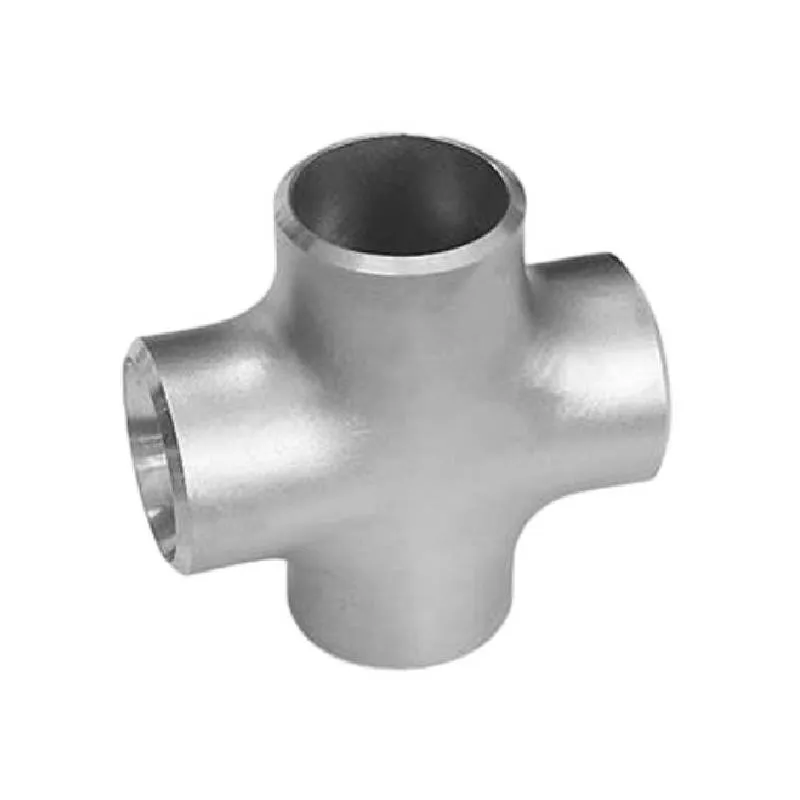-
Cangzhou Yulong Steel Co., Ltd.
-
Phone:
+86 13303177267 -
Email:
admin@ylsteelfittings.com
- English
- Arabic
- Italian
- Spanish
- Portuguese
- German
- kazakh
- Persian
- Greek
- French
- Russian
- Polish
- Thai
- Indonesian
- Vietnamese
- Zulu
- Korean
- Uzbek
- Hindi
- Serbian
- Malay
- Ukrainian
- Gujarati
- Haitian Creole
- hausa
- hawaiian
- Hebrew
- Miao
- Hungarian
- Icelandic
- igbo
- irish
- Japanese
- Javanese
- Kannada
- Khmer
- Rwandese
- Afrikaans
- Albanian
- Amharic
- Armenian
- Azerbaijani
- Basque
- Belarusian
- Bengali
- Bosnian
- Bulgarian
- Catalan
- Cebuano
- China
- China (Taiwan)
- Corsican
- Croatian
- Czech
- Danish
- Esperanto
- Estonian
- Finnish
- Frisian
- Galician
- Georgian
- Kurdish
- Kyrgyz
- Lao
- Latin
- Latvian
- Lithuanian
- Luxembourgish
- Macedonian
- Malgashi
- Malayalam
- Maltese
- Maori
- Marathi
- Mongolian
- Myanmar
- Nepali
- Norwegian
- Norwegian
- Occitan
- Pashto
- Dutch
- Punjabi
- Romanian
- Samoan
- Scottish Gaelic
- Sesotho
- Shona
- Sindhi
- Sinhala
- Slovak
- Slovenian
- Somali
- Sundanese
- Swahili
- Swedish
- Tagalog
- Tajik
- Tamil
- Tatar
- Telugu
- Turkish
- Turkmen
- Urdu
- Uighur
- Welsh
- Bantu
- Yiddish
- Yoruba

Oct . 02, 2024 05:51 Back to list
Exploring ANSI Class 600 Standards for Industrial Piping Systems and Applications
Understanding ANSI Class 600 A Comprehensive Overview
The American National Standards Institute (ANSI) plays a pivotal role in the development and implementation of standards across various industries, including those that focus on the safety, performance, and quality of industrial components. Among these standards is the ANSI Class 600, which specifically pertains to the pressure and temperature ratings for valves and fittings in various applications, particularly in the piping systems found in process industries.
Background of ANSI Standards
Founded in 1918, the ANSI serves as a coordinating body for the development of national standards in the United States. It fosters the creation of consensus standards that address the quality, safety, and interoperability of products and systems across diverse sectors, including construction, manufacturing, and telecommunications. ANSI standards help ensure consistency, reliability, and safety, which are paramount in industries where equipment failure can lead to catastrophic incidents.
ANSI Class Ratings
The ANSI class rating system categorizes valves and fittings based on their pressure-temperature ratings and is denoted in classes ranging from 150 through 2500. Higher class ratings indicate that the materials can withstand greater pressure and temperature variations. Specifically, ANSI Class 600 is designed to accommodate high-pressure applications.
Characteristics of ANSI Class 600
1. Pressure Threshold ANSI Class 600 valves and fittings can typically handle a maximum pressure of up to 600 pounds per square inch (psi) at room temperature. This rating ensures that the components can operate under significant pressures, which is critical in many industrial environments, such as oil and gas, chemical processing, and power generation.
2. Temperature Range The temperature limits for Class 600 components vary based on the material used in their construction. However, they are generally rated to operate efficiently at elevated temperatures, often extending to 800°F or higher, depending on the specific use case and materials used. This makes Class 600 valves highly versatile for different applications.
ansi class 600

3. Material Composition The materials used to manufacture ANSI Class 600 components are typically chosen for their strength, resistance to corrosion, and durability. Common materials include carbon steel, stainless steel, and various alloys, which enhance the performance and lifespan of the valves and fittings.
Applications of ANSI Class 600
Components rated under ANSI Class 600 are widely utilized in industries that demand stringent safety and operational standards. Some common applications include
- Oil and Gas Industry High-pressure pipelines transporting crude oil, natural gas, and other resources frequently utilize ANSI Class 600 valves to ensure safe and efficient flow control. - Chemical Processing In chemical plants, controlling the pressure and flow of hazardous substances is crucial. Class 600 components help manage these processes safely.
- Power Generation In power plants, especially those using steam turbines, the management of high-pressure steam systems is essential. ANSI Class 600 valves ensure that these systems operate safely and efficiently under extreme conditions.
Conclusion
ANSI Class 600 represents a critical standard within the industrial sector, ensuring that valves and fittings are capable of withstanding the rigors of high pressure and temperature applications. As industries continue to evolve and face new challenges, standards like ANSI Class 600 will remain essential in promoting safety, efficiency, and reliability in process systems. The adherence to such standards not only protects the integrity of infrastructure but also ensures the safety of personnel and the surrounding environment.
In summary, understanding ANSI Class 600 provides valuable insights into the specifications and requirements that govern high-pressure operations in various industrial applications. As technologies advance and industries grow, the relevance of ANSI standards will continue to be a fundamental component of modern engineering practices.
Latest news
-
ANSI 150P SS304 SO FLANGE
NewsFeb.14,2025
-
ASTM A333GR6 STEEL PIPE
NewsJan.20,2025
-
ANSI B16.5 WELDING NECK FLANGE
NewsJan.15,2026
-
ANSI B16.5 SLIP-ON FLANGE
NewsApr.19,2024
-
SABS 1123 FLANGE
NewsJan.15,2025
-
DIN86044 PLATE FLANGE
NewsApr.19,2024
-
DIN2527 BLIND FLANGE
NewsApr.12,2024
-
JIS B2311 Butt-Welding Fittings LR/SR 45°/90° /180°Seamless/Weld
NewsApr.23,2024











